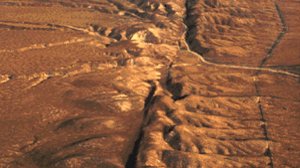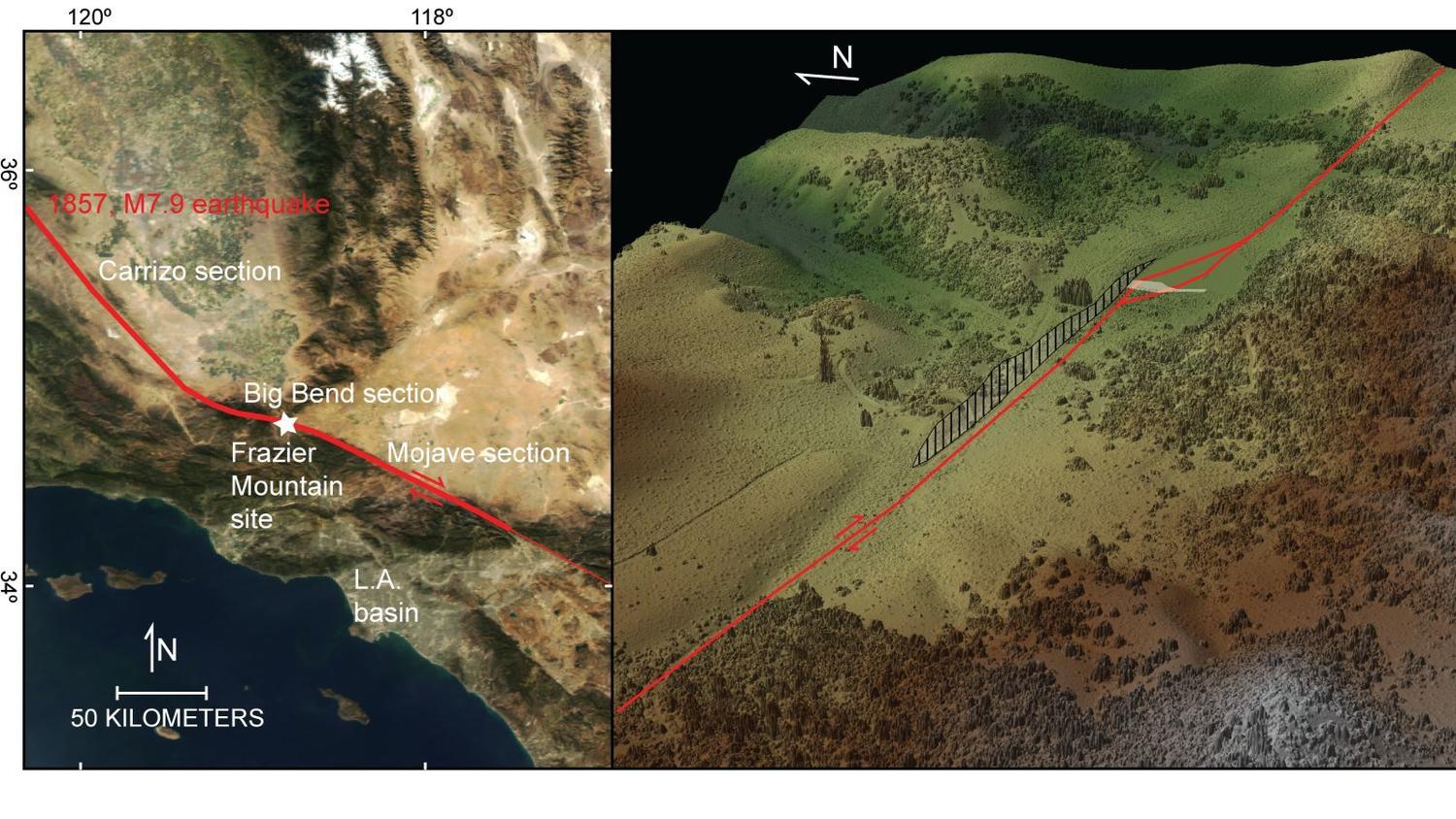Southern California could be overdue for a major earthquake along the Grapevine north of Los Angeles, according to a sobering new study by the U.S. Geological Survey.

The research found earthquakes happen there on average every 100 years. The last major temblor occurred 160 years ago, a catastrophic geological event that ruptured an astonishing 185 miles of the San Andreas fault.
The land on either side of the fault has been pushing against the other at a rate of more than 1 inch a year since 1857, the researchers said, accumulating energy that will be suddenly released in a major earthquake, when the land along the fault would move by many feet.
“So you expect that amount of accumulation of energy will be released in the future in a large-magnitude rupture, somewhere along the San Andreas,” said the lead author of the study, USGS research geologist Kate Scharer.
Click here to read the full story on LATimes.com.







